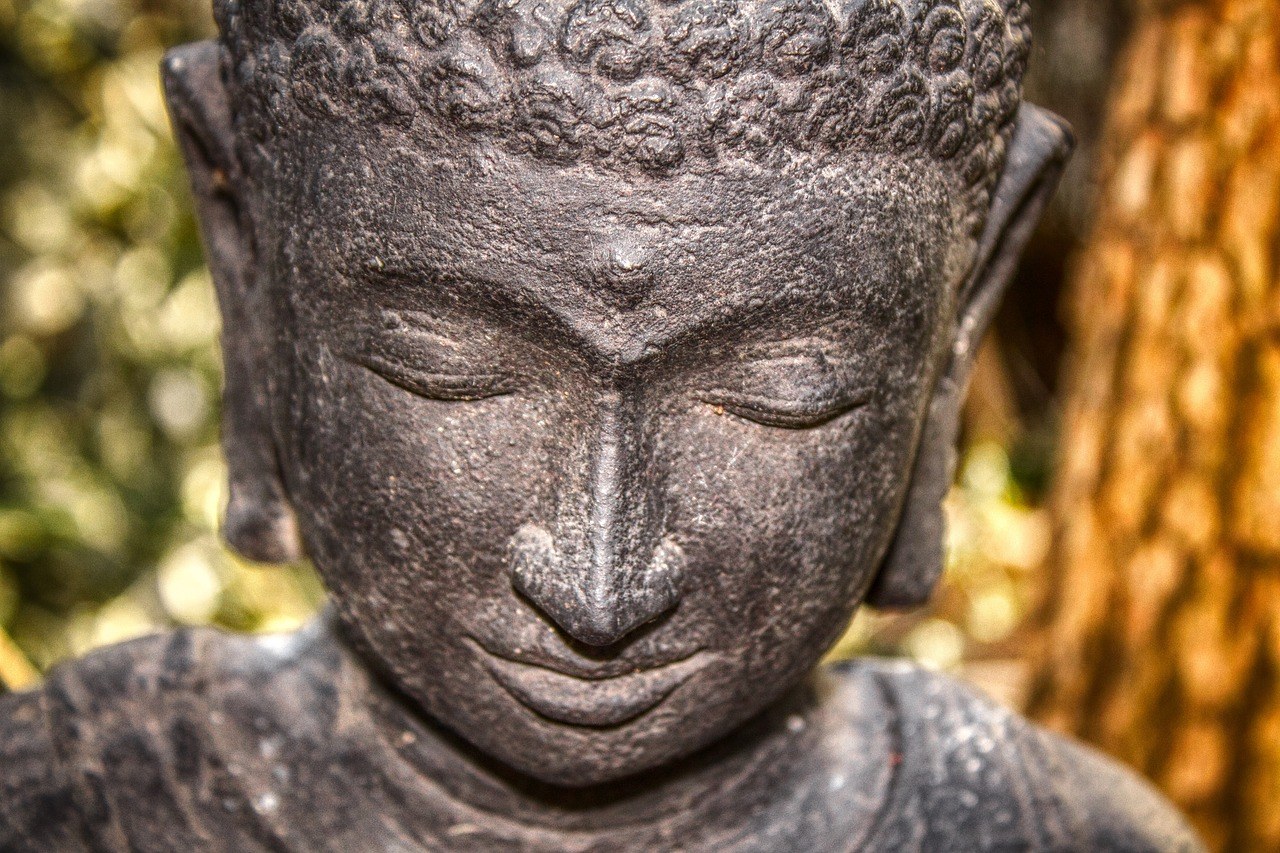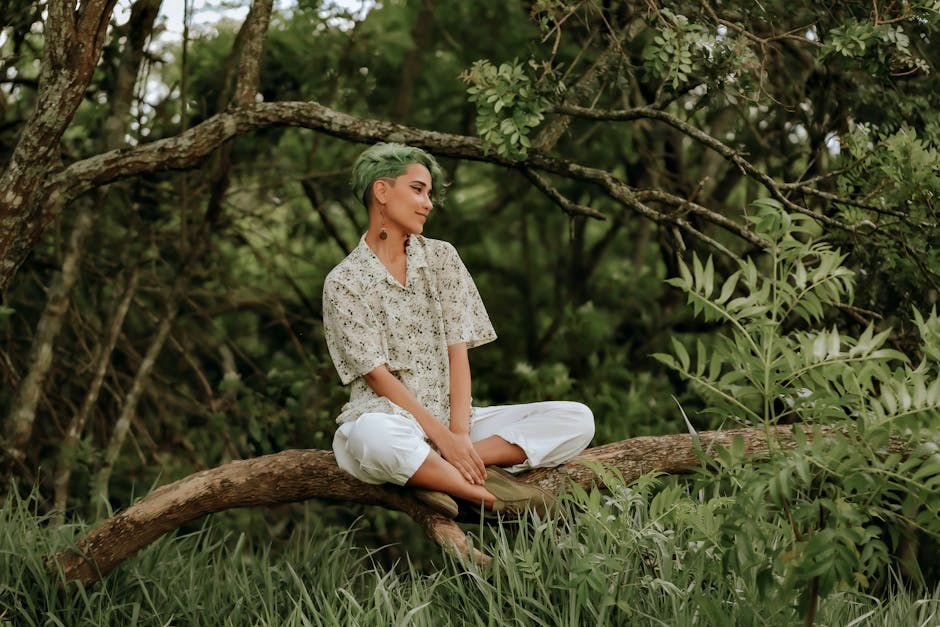The first kiss carries weight – not because it should be flawless, but because it announces the start of something tender and electric. Think of it as a doorway rather than a final exam. When you lean in for a first kiss, you’re not trying to prove you’re the world’s greatest kisser; you’re showing curiosity, care, and the courage to share a small, meaningful risk. That combination can ease nerves and make the moment feel natural. If you treat the first kiss as a chance to connect rather than a performance, everything else gets easier.
Plenty of people feel jittery before a first kiss. Excitement, worry, delight, second-guessing – all of it swirls. That’s normal. Those feelings simply mean the experience matters. Instead of fighting the butterflies, make them useful: prepare the setting, read the cues, and slow down. The goal is not to rush; it’s to create space where a first kiss can unfold without pressure. When the moment is unhurried, a first kiss becomes an invitation – a yes to getting closer – and a signal that you’re paying attention to each other.
Because a first kiss is often remembered, we tend to magnify its importance. We wonder if a mismatch will derail a promising spark. Yet focusing on small, doable actions helps enormously. Good lighting, fresh breath, warmth in your voice, and gentle touch make the difference between awkward and sweet. You’re crafting the conditions under which a first kiss can feel inevitable, even if it happens spontaneously. Below, you’ll find a practical, fully reimagined guide – grounded in empathy and simple behaviors – to help a first kiss feel comfortable, exciting, and right for both people.

Set the Stage for Chemistry
No first kiss appears out of thin air. The environment you create together nudges the moment forward. A quiet sidewalk at the end of the night, a pause on a park bench, the stillness in a car after music fades – these transitions are ideal. They say, “We’re not rushing away,” and that is often enough to let a first kiss emerge. If you expect to part ways quickly or your attention is pulled elsewhere, the window closes. Planning doesn’t kill romance – it protects it.
Choose a spot where you can actually hear one another. Background noise turns minutes into a struggle, and a struggle kills flow. Keep hydration handy so your lips stay soft; a small sip of water a moment before the lean-in keeps them comfortable. If you’ve just eaten strong flavors, freshen your breath. These quiet choices won’t be noticed outright, but their absence almost certainly will. The gentlest preparation makes room for a first kiss to feel effortless.
Signal Without Saying a Word
Attraction becomes clear when your attention narrows. Sit a touch closer than you did at the start of your time together. Angle your body – shoulders, knees, torso – in their direction. Speak with a slightly softer voice and let pauses linger; silence is often where permission is granted. When you’re absorbed in the same moment, the invitation to a first kiss is easier to read.

Use eye contact sparingly but deliberately. The glance from eyes to mouth and back to eyes is a classic cue – not a trick, just a way to check comfort. If they lean in or mirror your posture, you’re aligned. If they lean away or go still, treat that as information and slow down. A respectful read on cues is alluring; it shows you’re attentive and willing to meet them exactly where they are.
Practical Guidance for the Moment Itself
-
Create a brief bubble of privacy. Step away from foot traffic, silence notifications, and let a small hush fall over the conversation. When you’re not competing with distractions, a first kiss lands softly. Privacy also allows you to close your eyes – not as a rule, but as a way to focus on touch rather than scenery.
-
Move with intention, not speed. Shorten the distance gradually. A half-step closer, a slight tilt of the head, then a pause – this rhythm announces your intention while giving them time to join you. If you feel hesitation, stay where you are and shift into conversation again. Consent is not a speech; it’s the ongoing exchange of comfort signals.

-
Start with a soft seal. Keep your lips relaxed – not tense, not wide open. The first contact is feather-light, a gentle press rather than a grab. A first kiss thrives on restraint; you’re letting curiosity build. After one or two soft touches, breathe out quietly and hover close. This whisper of space invites a second kiss if they want one.
-
Let your hands guide, not rush. Place one hand along their arm, shoulder, or the side of their back. The message is steadying – “I’m here, not pushing.” As comfort grows, you can thread fingers into hair or trace the line of the neck. If their muscles soften, you’re in sync; if they still or shift away, ease off. Hands are more persuasive than any script, and they should be gentle.
-
Tongue is a late arrival. During a first kiss, keep your tongue tentative at most. A light brush at the lips is enough to test mutual interest. If they respond in kind, you can deepen slightly; if not, return to closed-mouth kisses. The key is proportion – a first kiss should never feel like a tidal wave.
-
Breaks make it better. Kisses aren’t measured by a stopwatch. They’re a sequence – connect, drift back a breath, and reconnect. These small intervals allow you to read expressions and keep excitement simmering. A first kiss that breathes feels far more intimate than a single long press.
-
Vary the texture. Once the rhythm is comfortable, alternate light and firmer pressure, slow and a touch quicker, lips together and then a tiny nibble at the corner. The point is to avoid monotony without racing. Variety is how a first kiss moves from “sweet” to “captivating.”
-
Explore beyond the lips – sparingly. A kiss at the cheekbone, the chin, or a warm pause near the jaw adds dimension. Use these as accents, not a tour. A first kiss remains focused; you’re mapping connection, not making a grand tour of every destination.
-
Watch for the off-switch. Stiff shoulders, a quick lean-back, a distracted glance – these are signs to slow down. Don’t interrogate or apologize; simply soften, stay close, and wait. If they return, continue; if they stay distant, transition to conversation. Respect preserves attraction, and a respected boundary often invites a second chance later.
-
Keep the moment just yours. A first kiss shines brightest when it feels private. Afterward, resist the urge to narrate it to others immediately. Protecting the intimacy you just created is its own form of affection.
Touch, Tone, and Timing
Touch should feel like a conversation. Start with your fingertips along the forearm – it’s naturally less intrusive – and let your palm settle if you sense ease. From there, positions along the back, upper arm, or shoulder are comfortable. If you’re seated close, the outside of the thigh or knee is a polite border. Hands are a language; speak in short sentences first. A first kiss communicates best when touch is considerate.
Voice matters too. Lowering volume draws the other person in; it signals that what you’re saying is just for them. Compliments help when they’re specific – “I’ve had a great time with you tonight” lands better than generic praise. Don’t oversell it; sincerity beats flourish. When words and touch agree, a first kiss feels like the natural next line in the dialogue.
Timing is less about the clock and more about momentum. Many first kisses happen on the way to goodbye – a built-in pause where neither of you wants to leave just yet. Others bloom in the middle of a story when you both realize you’ve been inching closer. Notice when the conversation naturally slows, when laughter turns quiet, when your knees nearly touch. That’s the body’s version of “now.”
Reading and Sending Clear Cues
It helps to know what green lights and yellow lights look like. Green lights include leaning in, mirroring your posture, soft eyes, a smile that lingers, and any move closer to your space. Yellow lights look like sudden stillness, tight shoulders, or a quick glance away. Neither is dramatic – they’re simply information. Adjust accordingly and you’ll keep trust intact. A first kiss thrives when you treat consent as dynamic – an ongoing, mutual yes – rather than a one-time checkpoint.
If you want to be explicit, you can use a warm whisper: “I’d really like to kiss you.” Put it gently, with room for “not yet.” Some people adore clarity; others prefer letting the energy speak. Both are valid. What matters is honoring the answer. A respected “not now” often sets the stage for a lovely first kiss later, precisely because you listened.
Common Pitfalls – and Easy Fixes
-
Rushing the build-up. If you skip straight to intensity, you may overwhelm them. Fix: bring it back to a soft kiss or a forehead touch, then wait. A first kiss doesn’t need to peak instantly.
-
Excessive tongue. Too much, too soon feels like static. Fix: return to closed lips, breathe together, then reintroduce a trace of tongue only if they do.
-
Uncertain hands. Hovering hands can feel awkward. Fix: choose one steady place – shoulder, upper back, or forearm – and settle. Confidence reads as comfort.
-
Ignoring surroundings. Crowds and traffic break concentration. Fix: migrate a few steps away, or wait for a calmer moment. The right pocket of quiet is worth the extra minute.
-
Overthinking breath. Yes, keep it fresh; no, don’t obsess. Fix: drink water, avoid strong aftertastes, and trust that closeness matters more than mint perfection.
Shaping the Experience Through Variety
Not every first kiss looks the same. The situation, the mood, and your shared chemistry shape it. Understanding different flavors of a first kiss helps you navigate without second-guessing yourself.
The Introductory Kiss
This is the simplest version: a brief, soft kiss that asks, “Do we like this?” It often appears as a greeting, a goodbye, or a mid-date check-in. The mechanics are uncomplicated – meet halfway, close your eyes as the distance narrows, tilt slightly to avoid bumping noses, and touch lips softly with a small amount of pressure. Two or three gentle taps, then pause. That pause is the magic; it leaves room to continue. If they move closer after the pause, you’ve both said yes to another first kiss, now with a little more depth.
The French Lean-In
When the initial softness settles and curiosity deepens, the mouth opens slightly and the tongues meet lightly. Keep the motion unhurried and exploratory – a brush, a retreat, a return. Let breath guide the pace; come up for air often. There’s no prize for staying underwater. The difference between a lovely French moment and an overwhelming one is restraint. Treat it as layering flavor rather than changing the entire recipe. In a first kiss that turns French, less is more.
The Make-Out Merge
Sometimes chemistry surges. You find yourselves wrapped up – arms circling, kisses lengthening, conversation dissolving. If this happens during a first kiss, keep your awareness high. Variety still matters: shift from deeper kisses back to soft ones, move a hand through hair, then return to the anchor points (shoulder, back). Reading micro-reactions is crucial. If they laugh softly and follow, you’re in the pocket. If their attention drifts, scale back to gentle contact and let the moment breathe. A first kiss can expand into making out without losing tenderness when you keep checking in through touch and pace.
Crafting a Memorable Rhythm
Think in phrases instead of a single sustained note. A sweet pattern is: approach, soft kiss, hover, soft kiss, small smile, longer kiss, hover again. Each hover is a question; each return is an answer. This musicality keeps the experience alive. In a first kiss, rhythm communicates confidence – not bravado, but comfort with the unfolding moment. Let your breathing match. If you notice you’re holding your breath, loosen your shoulders and exhale slowly through your nose; calm breath communicates ease, and ease is contagious.
When to Stop – and How
Ending on your own terms gives the memory its glow. After a final, gentle kiss, pull back just enough to see their face. Hold the gaze for a beat, then smile. You can rest your forehead against theirs or slide your hand from shoulder to forearm as you step back – a small physical transition that says “I’m not vanishing.” There’s no need for a speech. A simple “I liked that” is more than enough. The grace with which you end a first kiss often determines how eagerly the next one arrives.
Keeping the Moment in Perspective
It’s easy to inflate a first kiss into a verdict on compatibility, but people warm up. Nerves can make timing uneven or make lips feel tense. That doesn’t mean there’s no spark – it means you were both human. Treat the first kiss as a starting point and let curiosity guide the next step. Ask them out again, suggest a place where you can wander and talk, or pick a cozy corner next time. Consistency builds comfort; comfort unlocks chemistry.
Putting It All Together
-
Prepare lightly. Hydrate, find a quiet pocket, and give yourselves a few minutes without outside demands. This is the soil where a first kiss takes root.
-
Invite with posture. Angle in, soften your voice, and let your eyes do some of the talking. If the energy meets you halfway, keep going.
-
Begin delicately. Closed lips, soft pressure, short duration. Then pause close enough to feel each other’s breath. The pause is half the charm of a first kiss.
-
Escalate by inches. Add gentle hand placement, a small tilt in pace, a hint of tongue only if welcomed. If cues dim, dial back.
-
Protect the intimacy. Keep the details between you, at least at first. The privacy you keep becomes the glow you share.
Enjoy the Discovery
You don’t get to discover the same person twice. That’s why a first kiss feels singular – it’s both fragile and thrilling. If the moment arrives, let it feel like a conversation rather than a stunt. Respect the cues, savor the pauses, and lead with care. When you do, a first kiss turns from a pressure test into a gentle promise: there’s more to learn, more to laugh about, more to feel. That promise – not perfection – is what makes a first kiss unforgettable.